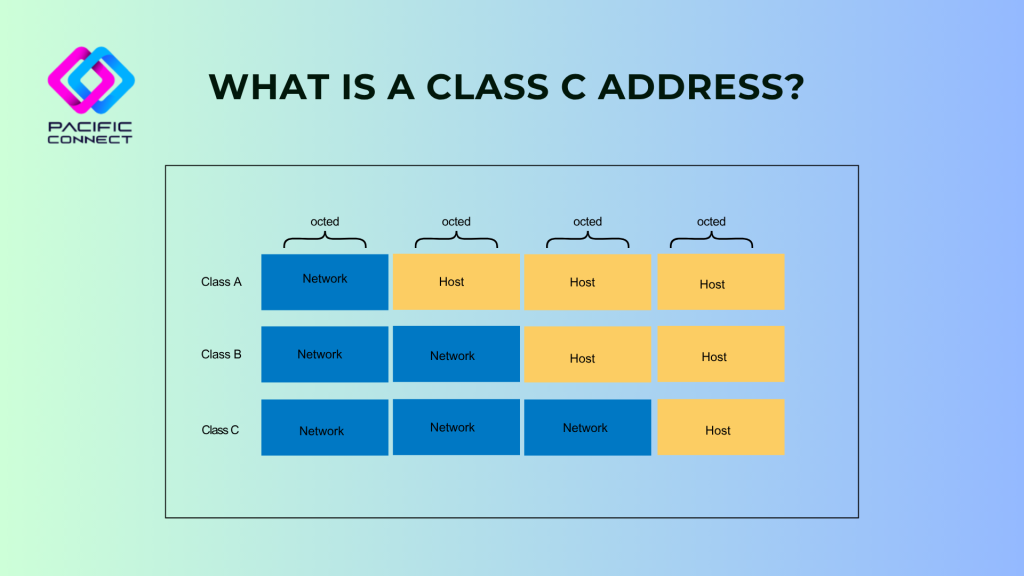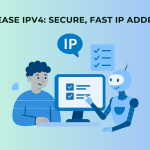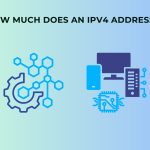In the world of networking, understanding how IP addresses are classified and used is essential—especially for anyone managing online services or digital infrastructure. Among the various IP classes, the Class C address is one of the most common types found in smaller networks. This guide breaks down everything you need to know about Class C IP addresses and their role in IPv4 addressing.
Understanding IPv4 Addressing
Before diving into Class C specifics, it’s important to understand the basics of IPv4 addressing. IPv4 (Internet Protocol version 4) is the most widely used method for assigning unique identifiers to devices on a network. It uses a 32-bit numeric system, divided into four parts separated by dots (e.g., 192.168.0.1).
IPv4 addresses are categorized into five primary classes—A, B, C, D, and E—each serving different types of network needs.
What Is a Class C Address?
A Class C address is designed for small to medium-sized networks. It falls within the IP range of 192.0.0.0 to 223.255.255.255. These addresses are commonly used in private networks such as office LANs, home networks, or small business infrastructures.
Key Features of Class C IP Addresses:
Default Subnet Mask: 255.255.255.0
Number of Possible Networks: Over 2 million
Hosts per Network: Up to 254 usable IP addresses
This makes Class C ideal for organizations that require fewer IPs but want full control over their internal networking.
Structure of Class C IP Addresses
Class C IP addresses are structured so that the first three octets identify the network, and the last octet identifies the host. For example, in the address 192.168.1.10, the “192.168.1” identifies the network, while “10” is the host.
This structure allows for simple network segmentation and is particularly useful for subnetting—dividing a large network into smaller, manageable sections.
Why Use a Class C Address?
There are several reasons businesses and IT professionals prefer Class C addresses:
Simplicity: Easier to configure and manage.
Efficiency: Ideal for smaller deployments without wasting IPs.
Scalability: Easy to expand using subnetting techniques.
These benefits make Class C IP addresses the go-to choice for many internal networks and localized systems.
Use Cases for Class C IP Addresses
Corporate LANs with fewer than 254 devices
Web hosting and email servers
Small office network infrastructure
Virtual private networks (VPNs)
Class C in a World of IPv6
While the world is slowly shifting toward IPv6 to solve address shortages, Class C addresses under IPv4 addressing remain highly relevant. Many systems still default to IPv4 due to compatibility and ease of configuration.
Leasing or Buying Class C Address Blocks
With the demand for IPv4 still strong, many businesses choose to lease or purchase Class C blocks for commercial use. These IPs can be essential for marketing, software deployment, or global web infrastructure—especially when geolocation and dedicated addressing are needed.
Conclusion
The Class C address is a foundational component in the IPv4 addressing structure. Whether you’re a network administrator or a business owner planning infrastructure expansion, understanding Class C IP addresses is crucial to making informed decisions. Their simplicity, flexibility, and effectiveness make them an essential part of today’s networking world—especially for small to mid-sized operations.
FAQs
It’s a type of IPv4 address used mainly in small networks. It supports up to 254 devices and is commonly used in LANs.
Class C addresses range from 192.0.0.0 to 223.255.255.255.
A standard Class C network can support 254 usable IP addresses.
Yes, many providers offer Class C IP address blocks for lease or purchase, depending on your business needs.
Absolutely. Despite IPv6 being available, IPv4 and Class C addresses remain widely used due to compatibility and infrastructure dependencies.
Online Pharmacy Fortune Ox cialis super active Fortune Dragon fortune mouse lexapro generic chicken road Sweet Bonanza 1000 Chicken Road fortune rabbit chicky run chicky run apk cialis super active Fortune Mouse PG Soft fortune rabbit iga Fortune Tiger apk diflucan fortune mouse demo grátis pharmacy without prescription






